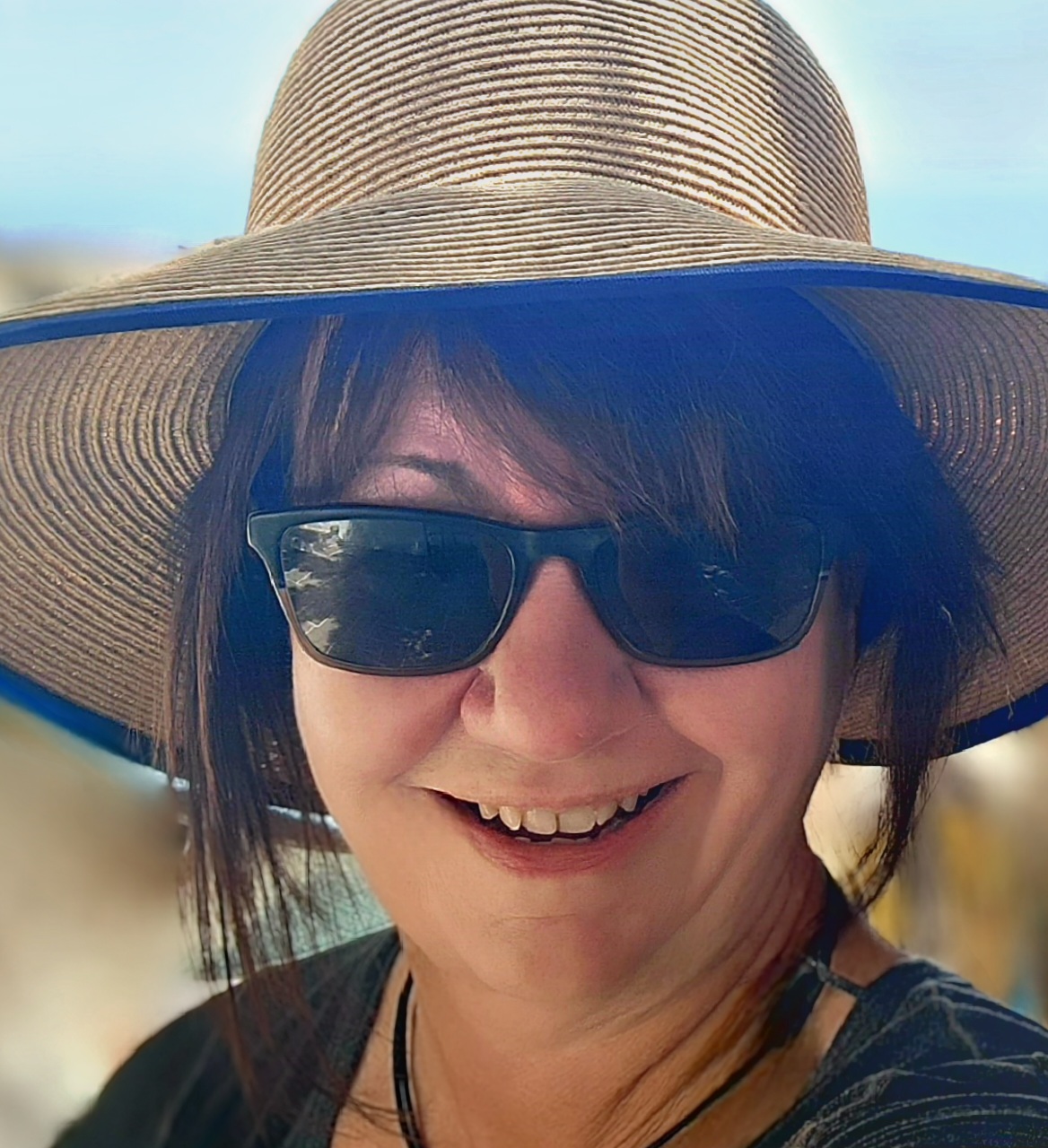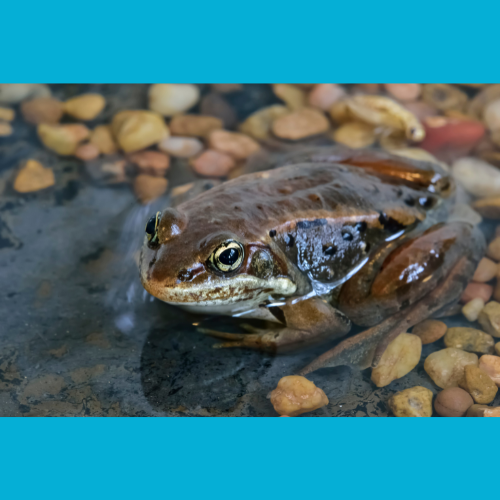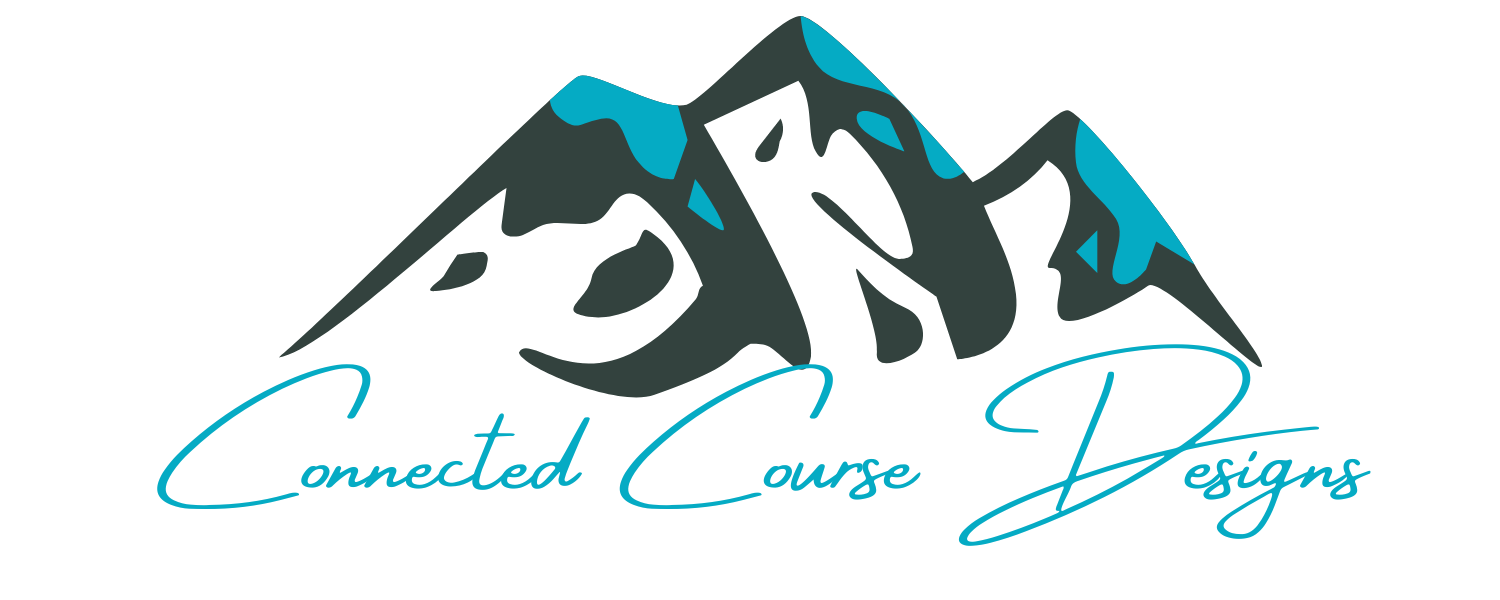About Lisa Tussey:
I'm a Curious Connector with a Knack for Working Backward

"It won't be long before you hate school like I do!”
I was sitting across the breakfast table one morning when I was five, eating my Quake breakfast cereal. My brother was eating Quisp, the cereal of Quake’s archrival, Quisp. I oozed excitement about starting Kindergarten soon, but my brother had a different take on school, confidently proclaiming that I’d be miserable there.
He was so wrong.
I loved school.
I’d eat my bowl of Quake, and my dad would drive me to my public, open-concept school where the focus was learning to learn, learning at one's own pace, and collaborative, community-based learning with team teaching.
When I started to see the potential of online learning in the 90s, I became very excited about the worldwide potential for education and connection. I also was using my love of learning to create curriculum for my children who I homeschooled K-12.
By the early 2000s I became discouraged when I saw how little online education programs were taking advantage of all the opportunities the Internet offered for expanding learning.
It became my goal to positively impact online education, earning my master’s in education degree in Instructional Systems Technology and working in the fields of online tutoring and instructional design.
Now I connect people to resources, ideas, and each other, helping online homeschoolers and entrepreneurs design engaging online course learning experiences for those they serve.
❝
Lisa Yoder is an educator in the greatest sense of the word.
Lisa possesses a broad view of the scope of real learning and effective curriculum.
During our tenure together, Lisa . . . developed quality curriculum that received consistently positive reviews from students.
Having taught in a number of venues, she reflected good understanding of student learning styles and abilities.
Lee Hutchinson
Distance Learning Administrator
[Lisa] is a person who eats, sleeps and breathes learning.
Education isn't just her career, it's her hobby, too.
She researches alternatives and emerging trends constantly, running down every lead and always learning. She's got years of experience, but maintains a passion for the latest educational shifts, research and technology.
She is exactly the type of person you want on any instructional design project: thorough, caring, passionate and professional.

Danielle Hayden
Editor & Instructional Designer
Lisa has worked with our product team building two online courses. She is both creative and knowledgeable.
She keeps the end user in mind at all times and collaborates well with our team.
I can highly recommend her.

Linda Malcak
Managing Partner, Perci LLC
Now, I use my “superpowers” for those connections. We all have superpowers, you know, those things we do well.
These are the abilities that at some point (usually not until well into adulthood), we have an experience that stops us dead in our tracks and we ask incredulously, “Wait! What? Doesn’t everybody do that?” Or, “You mean that doesn’t come naturally for everyone?”
For you, maybe it’s being able to coordinate and manage your family’s challenging schedules, having a vision for a creative project, or performing complex financial calculations. These are abilities for which you may exercise effort to hone and improve, but overall, they come more easily to you than others.
Even Quisp and Quake had superpowers!
Quisp had supernatural energy and would fly in from space proclaiming, "Quazy energy cereal… the best-selling cereal from Saturn to Alpha Centauri!"
Quake had super strength and would burst out from the center of the earth announcing that his cereal had “vitamins to give you the power of an earthquake.”
My superpowers are: Connecting, curiosity, and working backwards.
In my work for Connected Course Designs, I connect people to ideas, resources, and each other by sharing ideas and resources for creating online courses that engage learners. These are the methods I used while designing the courses for my children as a homeschooler with little access to curriculum as well as for graduate programs in Project Management and Information Systems Technology for a major university.
I teach how to design learning into small, kindling-sized pieces that are easy to learn and integrate.
I encourage peer-to-peer learning opportunities that create community and places of belonging in the learning environment.
I’m also infinitely curious.
I was the kid in school who would bring teachers to a standstill with my unusual (er, weird) questions they weren’t expecting, like, “Could you put a frog in the freezer and then just thaw it out again later like my mom does with ground beef?”
My insatiable curiosity means I’m always learning. I explore new ways of presenting content, study research on how we learn best, and ask lots of questions.
I share the results of my inquisitiveness by providing resources and ideas for creating high-quality online courses that produce successful results for learners.
Perhaps my most unusual superpower is the one where my brain naturally uses an end point for a starting point. I use that approach to teach a Summit-First Framework, meaning starting at the final result and working back to the starting point.
Think of all those school classes where you started at the beginning instead of the end. In Week 1 of the semester you covered Chapter 1 in a textbook, and in Week 2 it was Chapter 2, and so on. You likely covered a lot of history of the subject which may or may not have been interesting and engaging, but more importantly, it may have had no impact on what you actually needed to accomplish in the class.
For example, let’s say at the end of the class, you needed to be able to dissect a frog and identify all of its parts.
While knowing how organs develop and the best dissection tools to use would help you be successful in that endeavor, knowing that the Wood Frog has an incredible survival mechanism for living through winter might not. (They tolerate being frozen for weeks at a time. The frog produces a high concentration of glucose in its vital organs, which acts as a sort of antifreeze, preventing cell damage. When temperatures rise, the frog

thaws and resumes its normal functions as if nothing had happened. Talk about a superpower!)
Using a Summit-First approach keeps educators from including anything in their course that doesn’t lead directly to learners being able to successfully accomplish the course’s end goal.
Superpowers, while second-nature, also take some development effort.
Coming up with ideas, gathering resources, and connecting people with those ideas and resources is natural to me--I love to share what I learn.
I attended an open-concept school that engendered my love of learning. Classrooms without walls between them, team teaching, no letter grading, learning at one’s own pace, and learning from peers were all components of my elementary education.
I now curate and share the resources I discover with homeschoolers and entrepreneurs so they can design the highest quality courses possible: courses learners are engaged in and complete, courses learners are proud to tell others about.
As a curious introvert, connecting with books and information was easier than connecting with people, and learning came easy to me. I read and synthesized different ideas, concepts, and information.
In junior high school, I had a friend whose mom began homeschooling him and his brother. That launched a lifelong quest of researching how people learn, the structure of our educational systems, and teaching pedagogy.
By the time I had children, I’d decided I would homeschool them.
Homeschooling was still illegal in the state where we lived when I started, but I was determined to provide my three sons with the opportunity to love learning as much as I did.
At the time, access to curriculum was limited, so I created most of my own curriculum outside of basic math and reading--and the curriculum I used for those was non-traditional (math manipulatives, phonics programs, and experiment-based science).
In learning how people learn, writing curriculum for my children and others, earning a formal master’s degree in Instructional Systems Technology, and helping entrepreneurs engage students, I have followed my curiosity as it continues to teach me how learners learn best.
My own way of using my learning, I’ve discovered, is non-typical--it can be described even as “backward.”
In high school, we used a writing process in which first we had to turn in an outline, then a week or two later note cards, next a rough draft, and finally, the final term paper.
I would write the entire paper before the due date of the outline and work backwards from there, turning in the outline and other pieces after the paper was written. My brain processed things in that order so I adjusted my term paper assignments for that.
When writing my children’s curriculum, I had a guide from the Encyclopedia Britannica (wow, I’m really dating myself here). The guide was a scope and sequence of concepts for each school subject by grade, which had been compiled from nationwide data.
I started any curriculum planning with the goals as my starting point and worked backward on what would have to happen to help my sons achieve those touch points.
When I entered the world of instructional design, I learned about the Understanding by Design Framework, which is often referred to as “backward design” because it starts with the end-goal and uses that to only include what is necessary in a course.
I worked for a large learning corporation as a Lead Instructional Designer creating all the courses for several graduate programs as well as bachelor and associate courses where we followed these principles and best practices.
I created The Summit-First Framework to teach educators how to use this approach to create effective, tightly formed, courses.
I now use my gifts of connecting people to resources, my curiosity, and my backward brain processes to help homeschoolers and entrepreneurs leverage their superpowers to share their gifts with the world in high-quality online courses.
But what about Quake and Quisp?
Despite the fact that my Quake ultimately lost the cereal feud in 1972 when children voted to keep Quisp over Quake, I won an overwhelming love of learning that persists to this day.
I can’t wait to share my superpowers of resources, curiosity, and my backward thinking processes with you as we work together to make the world of online content a place that brings people together.
Please Share Your Superpowers!
Whether you have superpowers from outer space like Quisp or from inner space like Quake, message me what your superpowers are and how you are changing the world with your homeschooling and business content.
